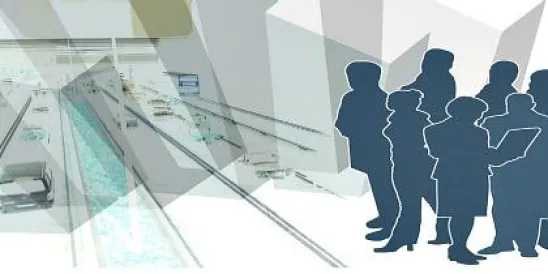On September 16, 2011, the America Invents Act (AIA) ushered in major changes to the U.S. patent system, including changes to available defenses for patent infringement. One provision that took place immediately on enactment amended 35 U.S.C. § 282 to remove the failure to disclose the best mode – required to obtain a patent under 35 U.S.C. § 112 – as a means to invalidate or cancel an issued patent.
In relevant part, 35 U.S.C. § 282 now enumerates the defenses available in any action involving validity or infringement of a patent as:
(1) Noninfringement, absence of liability for infringement or unenforceability,
(2) Invalidity of the patent or any claim in suit on any ground specified in part II as a condition for patentability,
(3) Invalidity of the patent or any claim in suit for failure to comply with—
(A) any requirement of section 112, except that the failure to disclose the best mode shall not be a basis on which any claim of a patent may be canceled or held invalid or otherwise unenforceable; or
(B) any requirement of section 251.
(4) Any other fact or act made a defense by this title.
35 U.S.C. § 282 (emphasis added).
Disclosure of Best Mode not required for priority benefit to earlier-filed application(s)
Consistent with this amendment, the AIA also amended priority benefit sections 35 U.S.C. §§ 119(e)(1) and 120 to remove disclosure of best mode as a requisite to gain the benefit of an earlier filing date. If not otherwise amended, an unnecessary tension would have been created with removal of the defense under Section 282. That is, the failure to disclose the best mode in an earlier-filed application may arguably have provided an indirect basis to assert invalidity in view of intervening prior art, while it could not be the direct basis for invalidity under amended Section 282.
Disclosure of Best Mode required to satisfy statutory disclosure requirements
However, the AIA did not amend the statutory requirement to disclose the best mode as part of 35 U.S.C. § 112(a) (previously referred to as the first paragraph of 112). Thus, patent applicants should continue to comply with their statutory disclosure requirements to set forth the best mode contemplated by the inventor or joint inventor of carrying out the invention. And, to gain the benefit of an earlier filing date under Sections 119(e)(1) and 120, patent applicants should continue to comply with the written description and enablement requirements of Section 112(a).





 />i
/>i
